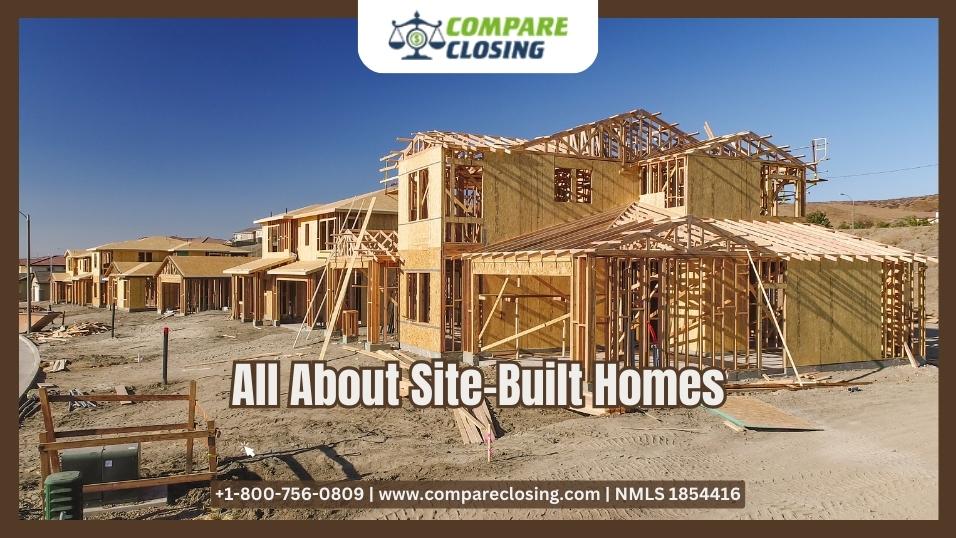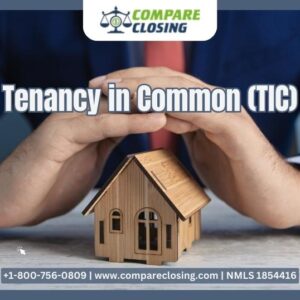Table of Contents
- What Are Netting Escrows & How Does It Work?: The Best Guide - January 2, 2024
- The Secret About Prescriptive Easement: Top Guide 1 Must Know - December 4, 2023
- About Home Equity Loans In Texas And How Can One Obtain It - November 27, 2023
In the realm of residential construction, there exists a diverse array of housing options, each with its unique characteristics and benefits.
Among these, site-built homes stand as a timeless and popular choice for homeowners seeking a personalized and customizable living space.
Site-built homes, also known as stick-built homes, are constructed entirely on the intended property location, offering a plethora of advantages that make them a preferred option for many.
In this guide, we delve into the world of site-built homes, exploring their features, benefits, construction process, and why they continue to be a popular choice in the housing market.
Understanding Site-Built Homes
Site-built homes are exactly what the name suggests: houses that are built from scratch directly on the property site.
Unlike manufactured or modular homes, which are assembled in a factory and then transported to the site, site-built homes are constructed piece by piece on the land they will occupy.
This construction method allows for a high degree of customization and flexibility, as homeowners can work closely with architects and builders to design a home that fits their specific needs and preferences.
Benefits of Site-Built Homes
- Customization: One of the most significant advantages of site-built homes is the ability to fully customize every aspect of the design and layout. From the floor plan and room sizes to the materials and finishes, homeowners have the creative freedom to create a living space that perfectly aligns with their lifestyle and aesthetic preferences.
- Quality Control: Building a home on-site allows for greater control over the construction process and the quality of materials used. Builders can closely monitor every stage of construction, ensuring that the home is built to high standards and meets local building codes.
- Location Choice: Site-built homes offer the flexibility to choose the ideal location for your dream home. Whether it’s nestled in a quiet suburban neighborhood, a rural countryside setting, or a bustling urban area, the choice is yours.
- Long-Term Investment: Site-built homes tend to hold their value well over time. When constructed with quality materials and craftsmanship, these homes can have their values appreciated, making them a solid long-term investment.
The Construction Process
The construction of a site-built home involves several key stages, each contributing to the creation of a structurally sound and visually appealing residence.
- Site Preparation: The process begins with site preparation, which involves clearing the land, grading the terrain, and ensuring a proper foundation. This stage is crucial as it sets the groundwork for the entire construction process.
- Foundation Construction: Depending on the region and local building codes, site-built homes can have different types of foundations, including full basements, crawl spaces, or concrete slabs. The fundamental base imparts unwavering stability and reinforcement for the complete framework.
- Framing: The framing stage involves erecting the structural framework of the house. This includes the walls, roof trusses, and floor joists. Wood or steel framing materials are commonly used to create the skeleton of the home.
- Mechanical Systems Installation: Essential systems such as plumbing, electrical, and HVAC (heating, ventilation, and air conditioning) are installed at this stage. This ensures that the home will be equipped with modern amenities and functionality.
- Insulation and Drywall: Insulation is added to walls, ceilings, and floors to improve energy efficiency and maintain a comfortable indoor environment. Drywall is then installed to create interior walls and ceilings.
- Interior Finishes: This stage involves installing interior finishes such as flooring, cabinetry, countertops, and fixtures. Homeowners have the opportunity to personalize their space by selecting materials and finishes that reflect their style.
- Exterior Finishes: The exterior of the home is completed with siding, roofing materials, windows, and doors. These elements contribute to the home’s curb appeal and protection against the elements.
- Final Touches: The construction process concludes with final inspections, ensuring that the home meets all building codes and regulations. Once approved, the finishing touches, such as landscaping and exterior detailing, are completed.
Why Site-Built Homes Remain Relevant
In an era of rapid technological advancements and innovative construction methods, site-built homes continue to capture the hearts of prospective homeowners. Several factors contribute to their enduring relevance:
- Unparalleled Customization: Site-built homes offer a level of customization that is hard to replicate with other construction methods. The ability to design a home from the ground up ensures that every detail is tailored to the homeowner’s preferences.
- Durability and Longevity: With proper construction and maintenance, site-built homes are known for their durability and longevity. These homes are built to withstand the test of time, providing a comfortable and secure living environment for generations.
- Sense of Ownership: The process of building a site-built home fosters a strong sense of ownership and connection to the property. Homeowners are intimately involved in every decision, creating a deep bond with their living space.
- Aesthetic Appeal: Site-built homes often boast distinctive architectural features and design elements that contribute to their aesthetic appeal. Whether it’s a charming Victorian-style residence or a sleek modern masterpiece, site-built homes can encompass a wide range of architectural styles.
- Community Integration: Building a site-built home in an established neighborhood allows homeowners to become part of a community, forging connections with neighbors and contributing to the local social fabric.
Conclusion
Site-built homes represent a timeless approach to residential construction, offering a blend of creativity, craftsmanship, and personalization that resonates with homeowners seeking a truly unique living space.
From the meticulous design process to the construction stages that bring the vision to life, site-built homes encapsulate the art and science of creating a place to call home.
As housing trends evolve and technologies advance, the enduring appeal of site-built homes continues to shine, reminding us of the enduring value of a well-crafted abode that stands as a testament to both architectural ingenuity and the aspirations of those who call it home.
Amanda Byford
Amanda Byford has bought and sold many houses in the past fifteen years and is actively managing an income property portfolio consisting of multi-family properties. During the buying and selling of these properties, she has gone through several different mortgage loan transactions. This experience and knowledge have helped her develop an avenue to guide consumers to their best available option by comparing lenders through the Compare Closing business.






